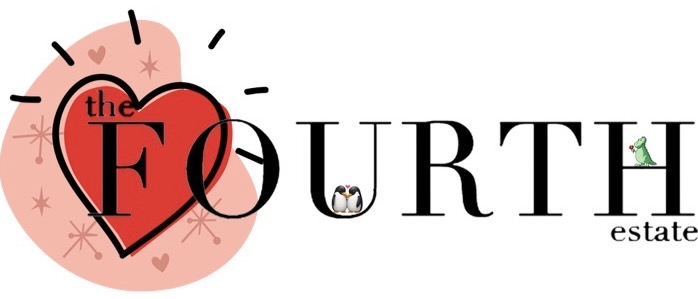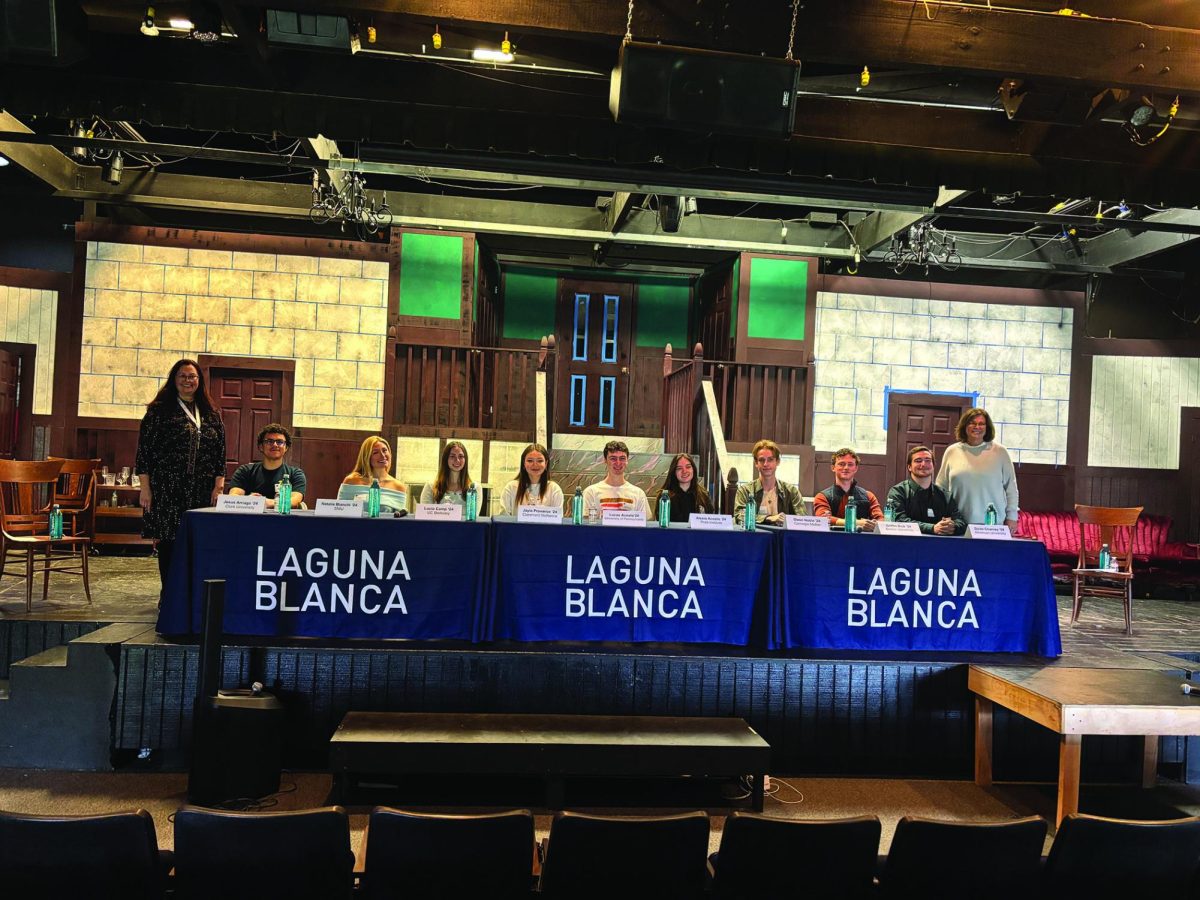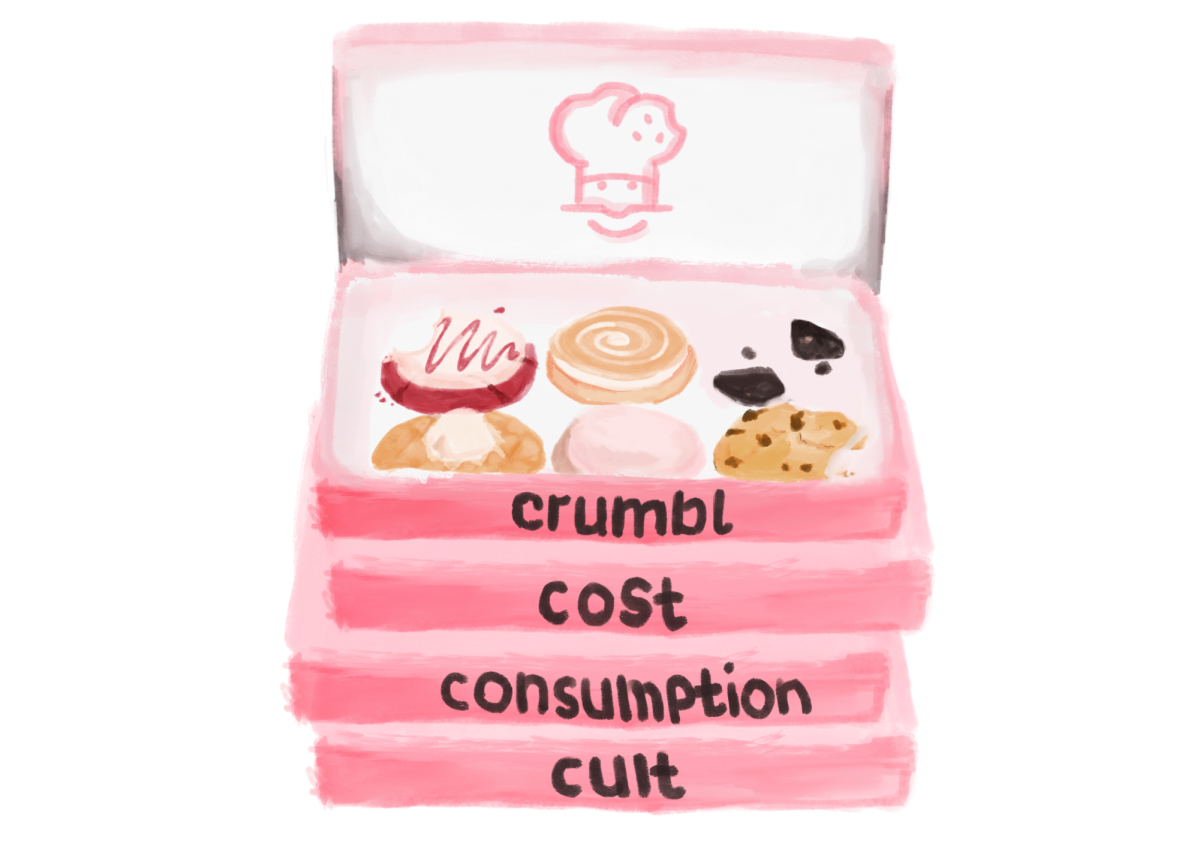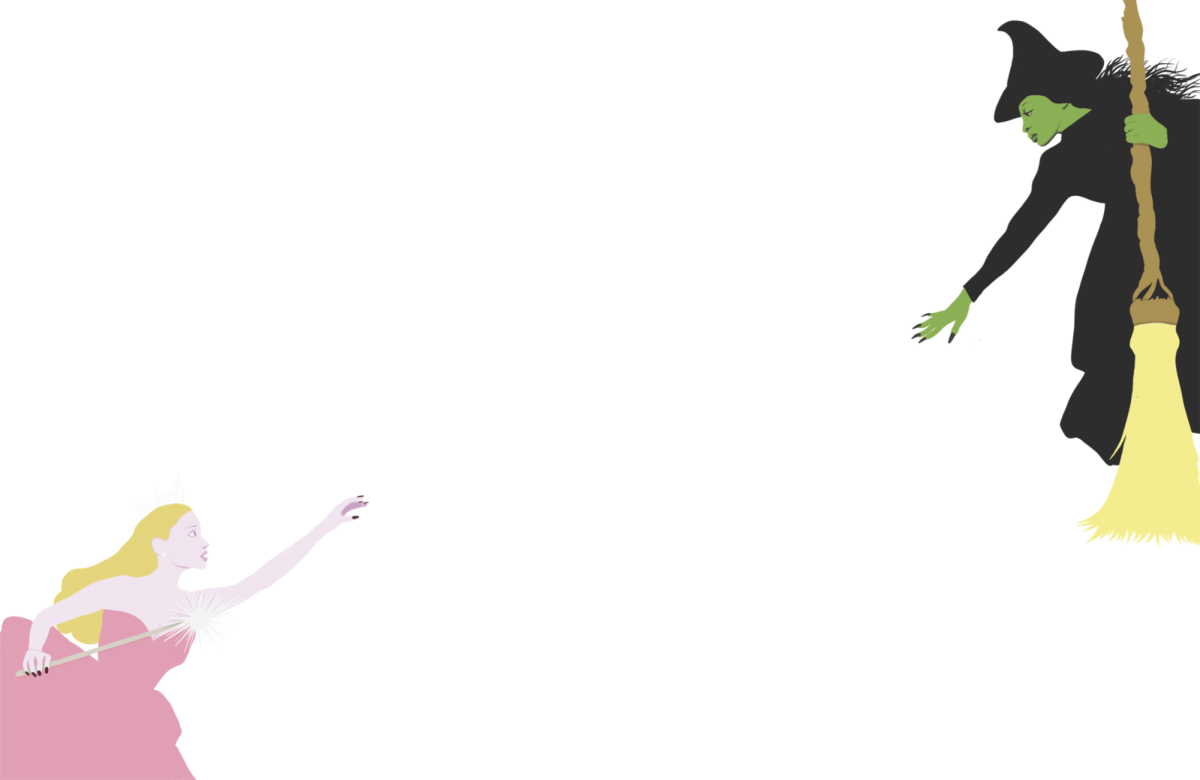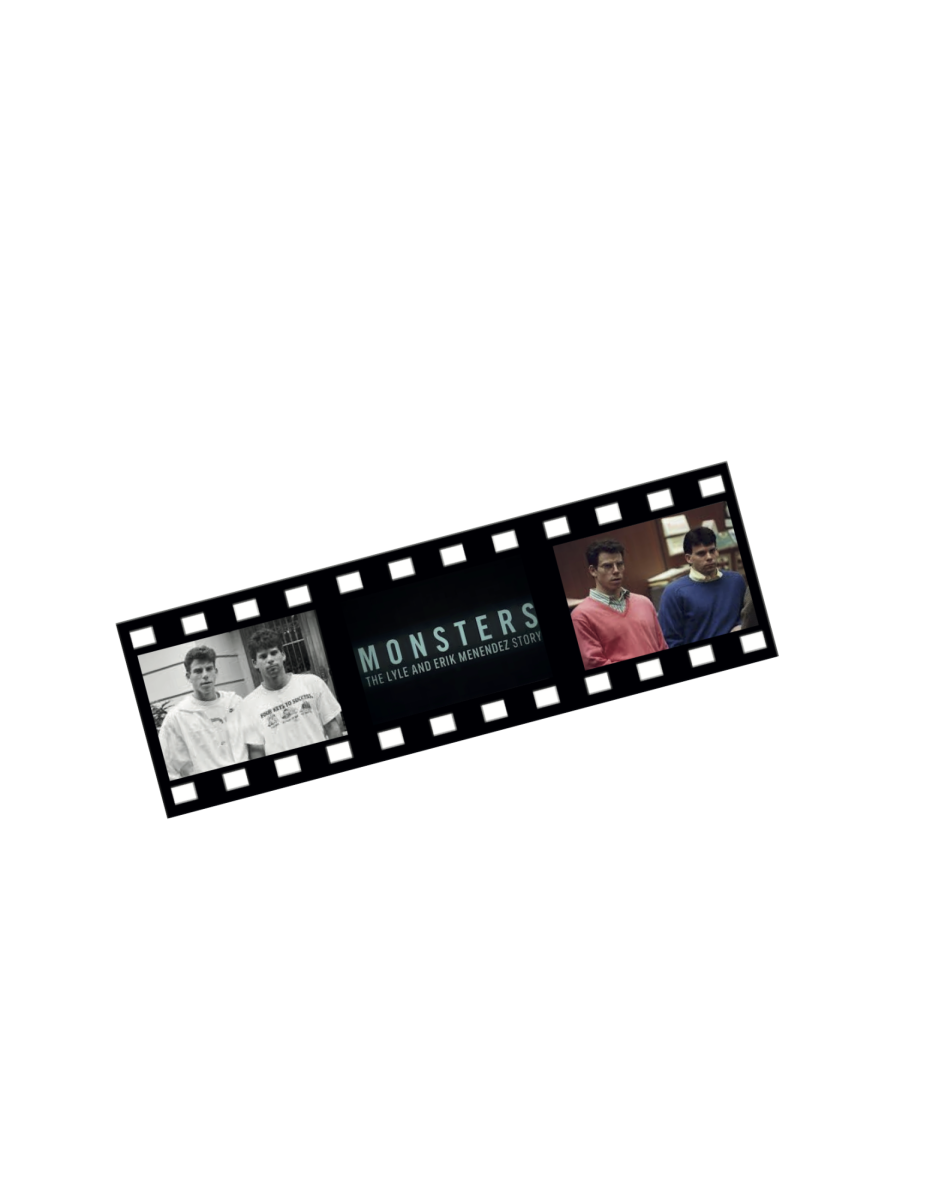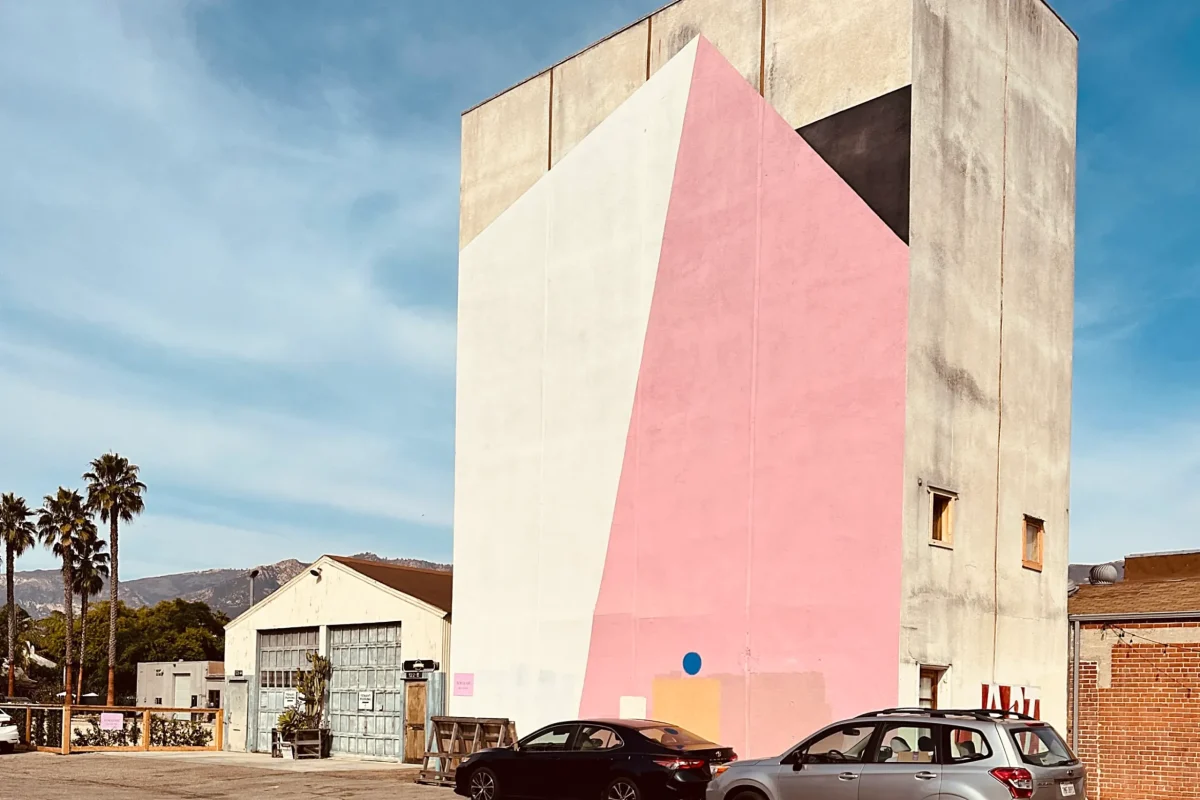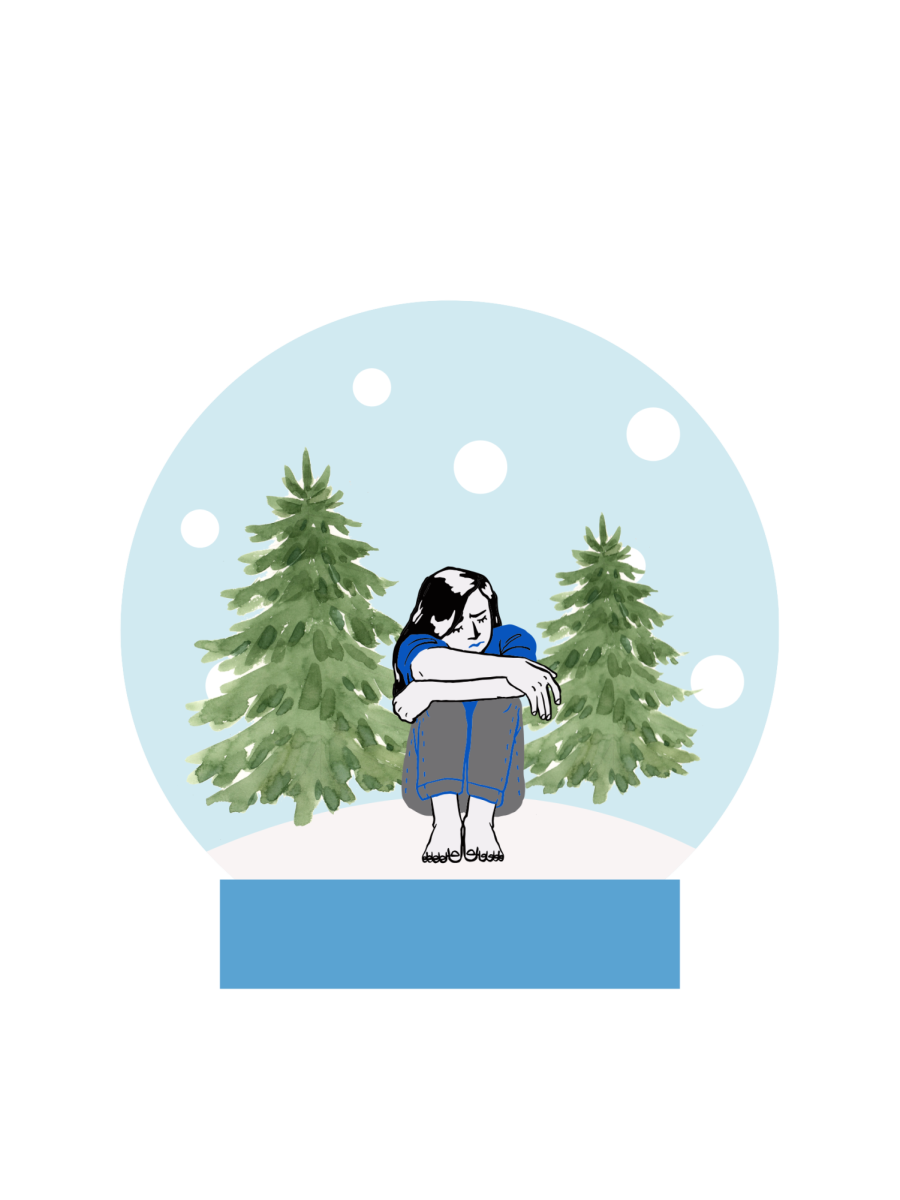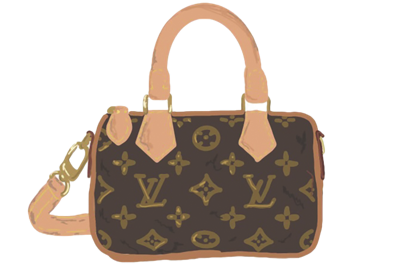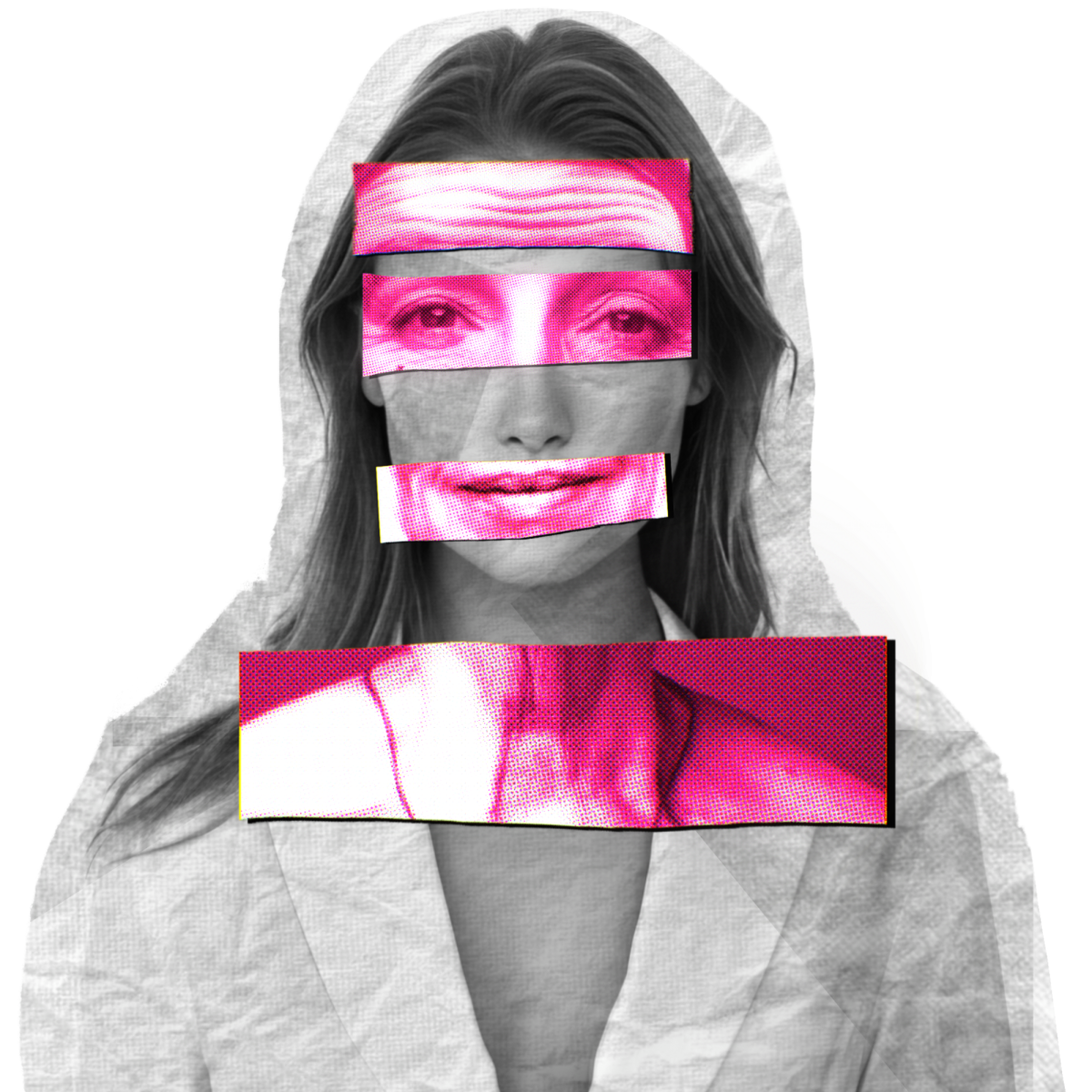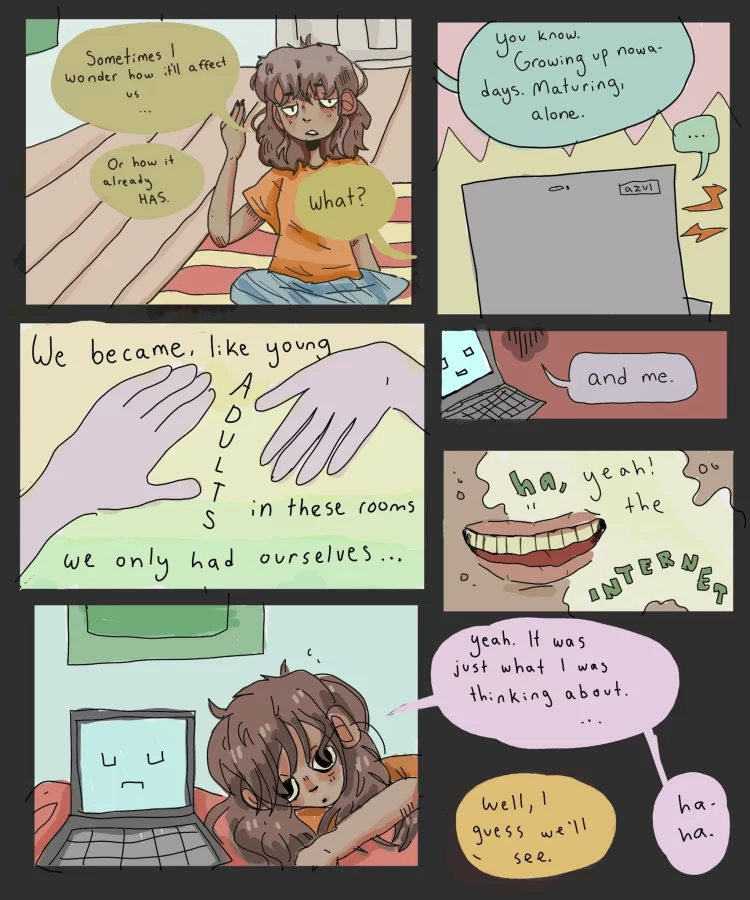Contest: Coming of Age in 2022: Show Us What It’s Like to Be a Teenager Now
Submit a photo, cartoon, graph, chart, screenshot, illustration or any other visual piece that documents your life. Dates: Oct. 12 to Nov. 16.
https://www.nytimes.com/2022/10/05/learning/coming-of-age-in-2022-show-us-what-its-like-to-be-a-teenager-now.html?campaign_id=55&emc=edit_ln_20221101&instance_id=76162&nl=the-learning-network®i_id=55199774&segment_id=111664&te=1&user_id=c56f9fd8ab38c74431c66481871887ce
November 1, 2022
What can you show us that might help explain what it’s like to be a teenager right now?
How do you think the last two-plus years have shaped — and will continue to shape — you and your generation?
We have been asking young people questions like these annually since the pandemic began, and the answers have been so rich and varied that a whole book of them will be published this month.
This year we’re again inviting teenagers to document, reflect and express themselves on any aspect, big or small, of what it’s like to grow up now — but this time we’re asking you to do it by sending us visual pieces only. What could those include? A photo, cartoon, graph, chart, screenshot, painting, drawing, illustration, work of design or anything else that can be captured in a still image.
But if you’re reading this and you’re worried you’re “not an artist” and have nothing to contribute, please know that you do. This is not a traditional art contest.
Instead, just as in 2020 and 2021, we’re much more interested in what your piece says about the teenage experience than we are in its technical merit. Our goal is to tell as broad a story about life in 2022 as possible, and we’re looking for artifacts you already have as well as new work you create. For example, you probably have images on your camera roll right now that would provide interesting answers to the questions at the top of this post.
So think creatively, and don’t forget that every submission must be accompanied by a short artist’s statement that explains how it addresses our theme.
Our FAQ and Resources sections below offer much more detail, along with a range of examples.
Questions? Post a comment here or write to us directly at [email protected]. You might also consider hanging this PDF one-page announcement on your class bulletin board.
What to Submit
Your submission will include two parts: a visual piece that documents teenage life in 2022, and a short artist’s statement explaining how it relates to that theme.
Your entry must respond to at least one of these focus questions:
-
What can you show us that might help explain what it’s like to be a teenager in this moment?
-
How have the last two-plus years shaped you? How have they shaped your generation?
-
How do you think these years will continue to shape you or your peers? Why?
Your submission can be funny or sad, raw or polished, focused on a tiny moment in April or reacting to an entire global movement. It can be deeply personal, or it can reflect the experiences of others.
It’s up to you what to express, as long as you address one or more of the questions above. Our related Mentor Text guides (see Resources below) can show you a range of work.
1. The visual piece can be an artifact you already have or something new you create specifically for this contest. It could be a …
-
Photograph
-
Screenshot
-
Cartoon or comic
-
Collage or work of mixed media (assuming all the elements were created by you)
-
Graph, chart, map or other data visualization
-
Drawing or illustration
-
Painting or work of printmaking
-
Sculpture
-
Work of fashion, architecture or graphic design
-
Anything else that you can capture in an image and upload digitally that shows us something unique, interesting or important about teenage life in 2022.
In a sense, we’re doing just what museums have been doing and inviting you to act as “field collectors” of artifacts that speak to our theme. But we’re also inviting you to create something new if you like.
Use your imagination, and if you’re not sure something “counts,” please email us at [email protected].
2. The artist’s statement is a short statement, up to 400 words, telling us when, where, how and why you created or acquired the piece, as well as how it relates to one or more of our focus questions, above.
As our rubric shows, this statement is an important part of the submission, so we hope you will craft it carefully.
The Rules
Please read these rules before submitting an entry. You can find more details in the Frequently Asked Questions section below.
-
Your submission must include a visual piece and a short artist’s statement. The visual piece can be any image you can upload to our system digitally. The artist’s statement must be no more than 400 words. (See What to Submit above for more details.)
-
All submissions should include only your own work. For example, if you create a collage, none of the images can come from the work of others. Similarly, you cannot submit a screenshot or photo of someone else’s social media post or artwork. You may, however, take a screenshot of a text conversation you had or a Google search you conducted.
-
You cannot submit anything you have already published elsewhere, including in a school newspaper. You can, however, send in work you have posted on social media, if the work is your own. (Please do not send a link to the social media post itself, however. Just send the work.)
-
Keep in mind that The New York Times is a family newspaper, so your submission should be appropriate for a broad audience. (For instance, please avoid cursing.)
-
You can work alone or with others. However, your name can be on only one submission.
-
You must be a student age 13 to 19 in middle school or high school to participate, and all students must have parent or guardian permission to enter. Please see the F.A.Q. section for additional eligibility details.
-
All entries must be submitted by 11:59 p.m. Pacific time on Nov. 16 using the contest form above.
Resources for Teachers and Students
Please note that many of the resources below were developed when the contest allowed written, video and audio submissions. All the steps and directions you’ll find here still apply, but keep in mind that the final product for the 2022 contest is limited to one visual image.
-
A contest rubric that applies across mediums and genres
-
Our Unit Plan, which lays out all the resources you’ll need, in order
-
An edition of our Mentor Text series that features 20 more pieces from contest finalists
-
A special writing prompt for 2022 and a list of related writing prompts from 2020
-
Our accompanying step-by-step guide, which helps students come up with ideas and choose the best way to express them
-
A Reader Idea called “‘The Found Project’: How We Built Community With the Coming of Age Unit” that includes a full curriculum and student work to show you how this unit can look in the classroom
-
A 2020 guided lesson using mentor texts published in The Times that includes work across genres
-
Our new book, “Coming of Age in 2020,” which features works by teenagers — including photos, comics, diary entries, paintings, charts, texts, recipes and rants — to document an unforgettable year
Frequently Asked Questions for Students

